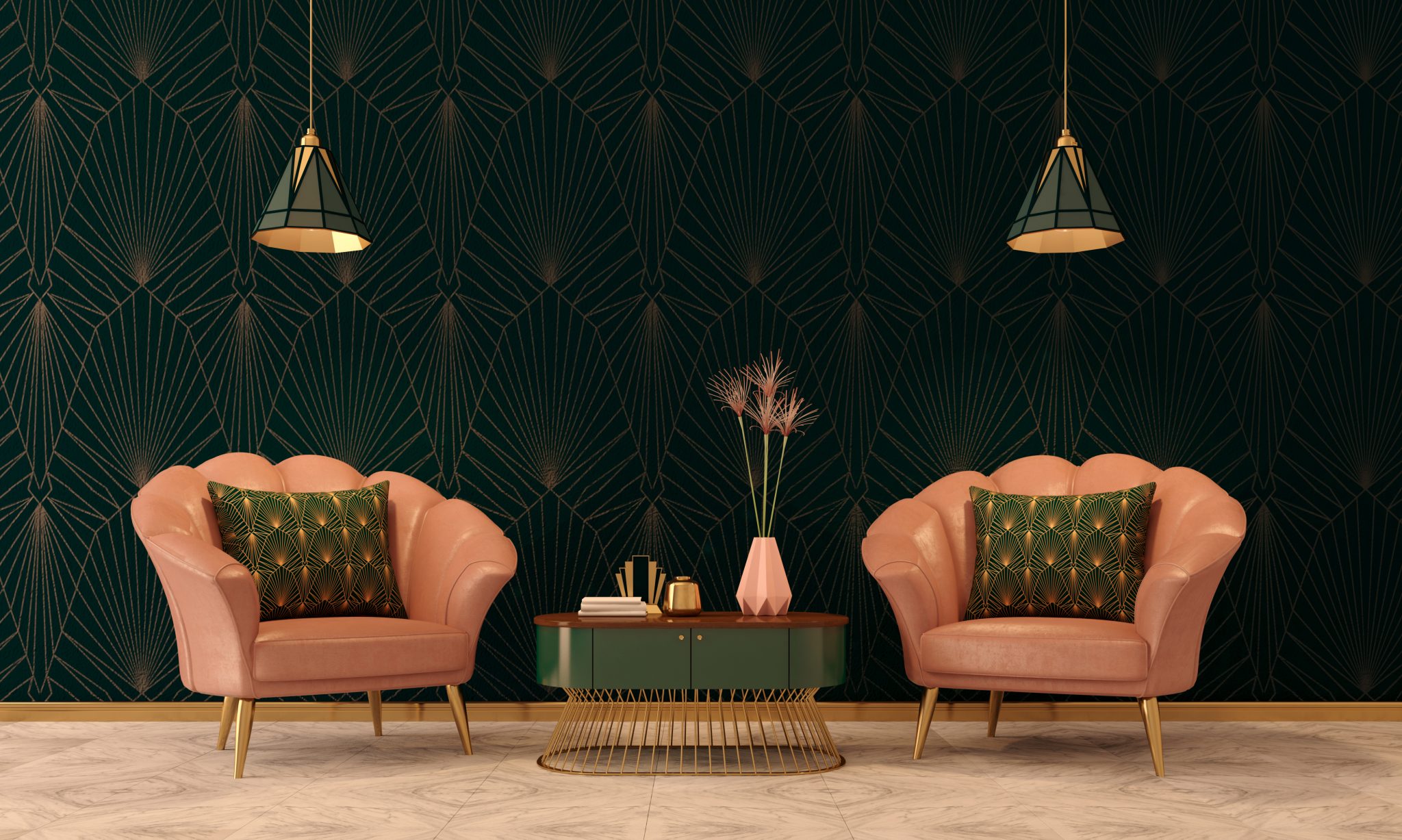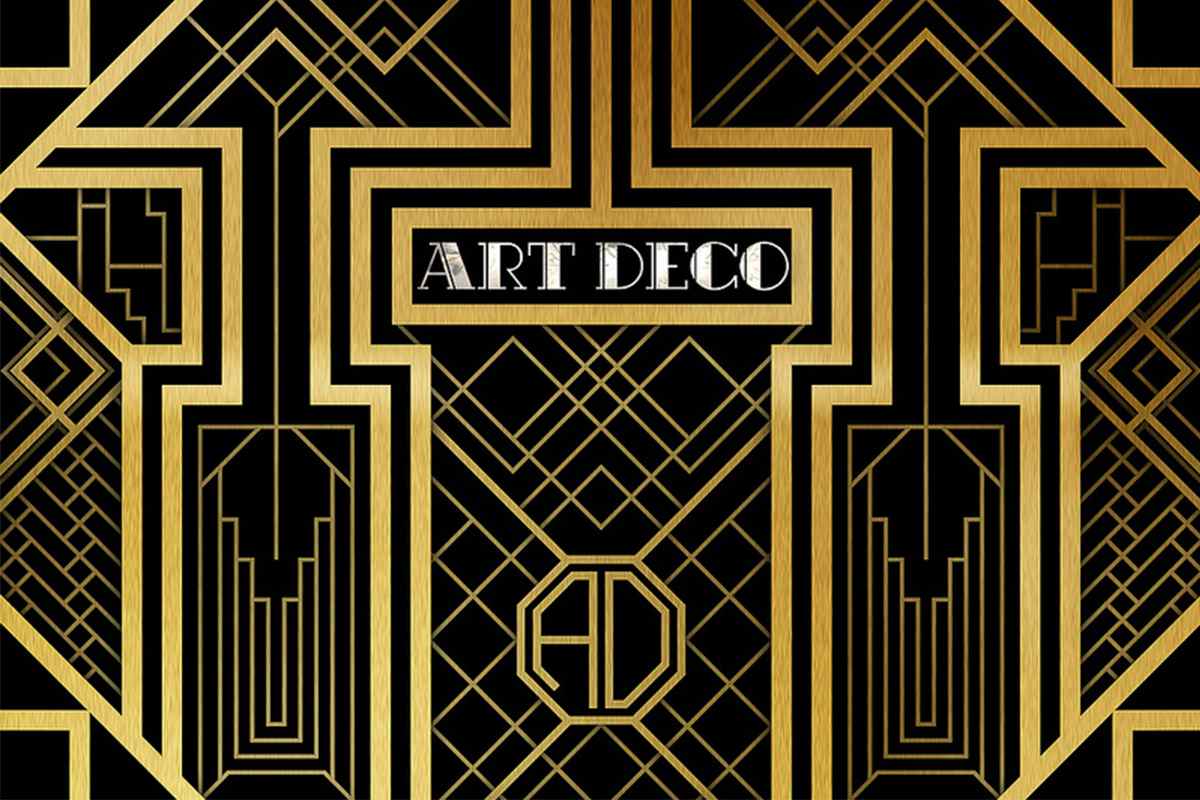History and Origins of Art Deco: Art Decor

Art decor – The Art Deco movement emerged as a vibrant and distinctive style during the interwar period of the early 20th century. Its origins can be traced to the convergence of various artistic and cultural influences, including the geometric precision of Cubism, the exoticism of Orientalism, and the streamlined aesthetics of the Machine Age.
The name “Art Deco” was coined in 1968 by art historian Bevis Hillier, who derived it from the 1925 Exposition Internationale des Arts Décoratifs et Industriels Modernes (International Exhibition of Modern Decorative and Industrial Arts) held in Paris. This influential exhibition showcased a wide range of objects, from furniture and textiles to architecture and sculpture, that embodied the Art Deco aesthetic.
Key Figures and Influences
The development of Art Deco was shaped by a constellation of influential artists, designers, and architects. Among them were:
- René Lalique: French glassmaker known for his Art Nouveau-inspired designs and exquisite jewelry.
- Eileen Gray: Irish furniture designer who pioneered the use of tubular steel and lacquered surfaces.
- Le Corbusier: Swiss-French architect who championed functionalism and the use of reinforced concrete.
- Tamara de Lempicka: Polish painter who became famous for her glamorous and Art Deco-infused portraits.
Applications of Art Deco in Architecture, Interior Design, and Fashion

Art Deco’s influence extended beyond visual arts, transforming architecture, interior design, and fashion.
Architecture, Art decor
Art Deco buildings exhibited geometric forms, streamlined curves, and ornamental embellishments. Notable examples include the Chrysler Building in New York City, characterized by its ziggurat-like crown, and the Hoover Building in Washington, D.C., featuring intricate carvings and a setback design. These structures added a sense of modernity and grandeur to urban landscapes.
Interior Design
Art Deco interiors embraced sleek lines, bold colors, and exotic materials. Furniture pieces showcased angular forms and geometric patterns, often inlaid with ivory, ebony, or lacquer. Carpets featured abstract designs, while lighting fixtures resembled stylized flowers or sunbursts. Art Deco interiors exuded an atmosphere of luxury and sophistication.
Fashion
Art Deco fashion reflected the era’s fascination with glamour and modernity. Women’s dresses featured low waistlines, geometric patterns, and flowing fabrics. Accessories such as hats, jewelry, and handbags complemented the streamlined silhouettes. Men’s suits embraced tailored lines, wide lapels, and bold colors. Art Deco fashion became synonymous with elegance and sophistication.
The elegant curves and geometric patterns of Art Deco evoke a sense of sophistication and nostalgia. In a modern twist, sage green hues are finding their way into Art Deco interiors, creating a serene and inviting ambiance. From the sage green room to the geometric accents, this fusion of styles adds a touch of tranquility to the bold lines and metallic finishes that define Art Deco.
Art deco’s intricate geometric patterns and bold colors extend beyond furniture and architecture, finding their way onto wall art painting. Abstract murals and stylized depictions of nature grace walls, adding a touch of glamour and sophistication to any room.
These paintings serve as focal points, drawing the eye and creating a sense of depth and movement. Art deco’s influence in wall art continues to inspire contemporary artists, ensuring its timeless appeal.